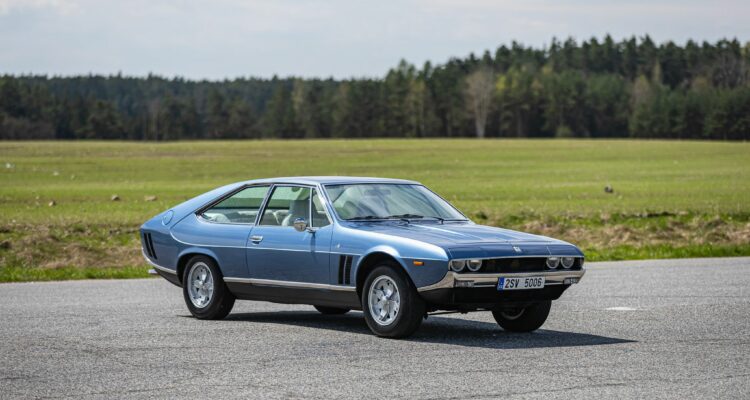Resurrecting a Barn Find – Five Things to Check
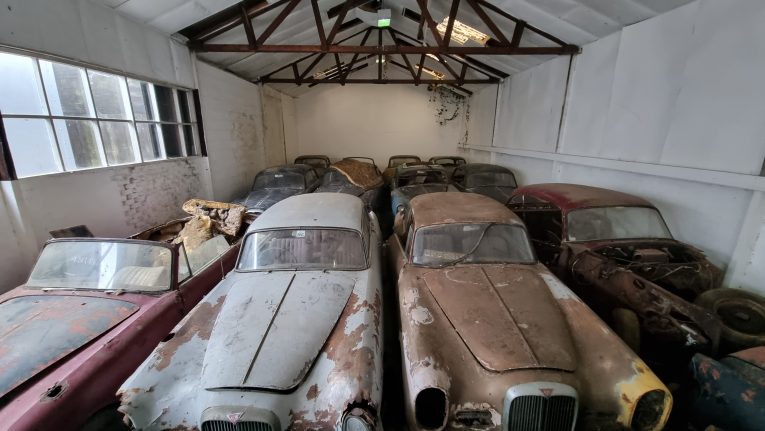
We do love a ‘barn find’ here at Car & Classic. That should be obvious to anyone who’s seen our YouTube videos, and what with our editor Chris Pollitt’s propensity for seeking out bush-dwelling classics we’ve certainly seen a few in our time. The sheer joy of happening upon a long forgotten car or bike that has been hidden away for years from prying eyes will never wane. Whether that be in an unassuming lockup on the outskirts of town or buried under years of frondescence round the back of a cow shed it remains a titillating experience for any fan of classic metal. And we’re not talking about Black Sabbath’s Paranoid here.
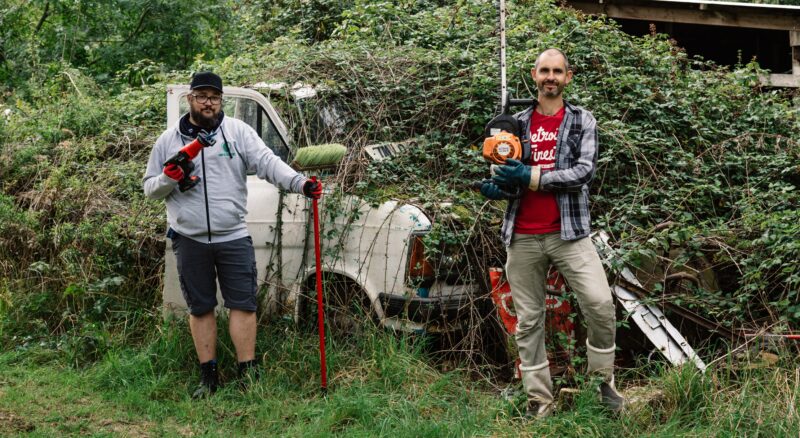
Yes, stumbling across a barn find is exciting – the thrill of discovering buried treasure, like some ancient explorer on a quest of discovery, but what about when the reality of the situation kicks in? That moment when you have to actually take a closer look at what you’ve unearthed to assess the condition of the thing. To appraise the situation logically and determine the exact level of dilapidation in search of the answer to that simple, burning question: can it be saved? Well, we’re here to lend a hand should you be lucky enough to encounter what the dictionary describes as “something of great value, usually a vintage automobile, that was abandoned in some place that is unbefitting or unbecoming its value.”
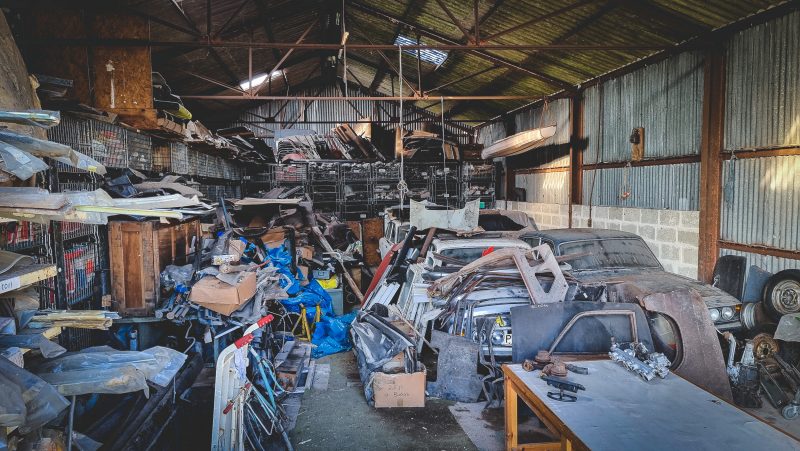
We’ve compiled a list, for your reading pleasure, of five key areas that you should inspect when it comes to answering that important question posed above. So, before you take the plunge or start traipsing around old industrial estates and farmland looking for that classic barn find that’s been tucked away for decades grab a cuppa and have a perusal of these points to ensure you’re well equipped to make an an informed decision, because as we’re all well aware, the heart can often overrule the head in matters such as this. Ask us how we know…
1) Body and Chassis
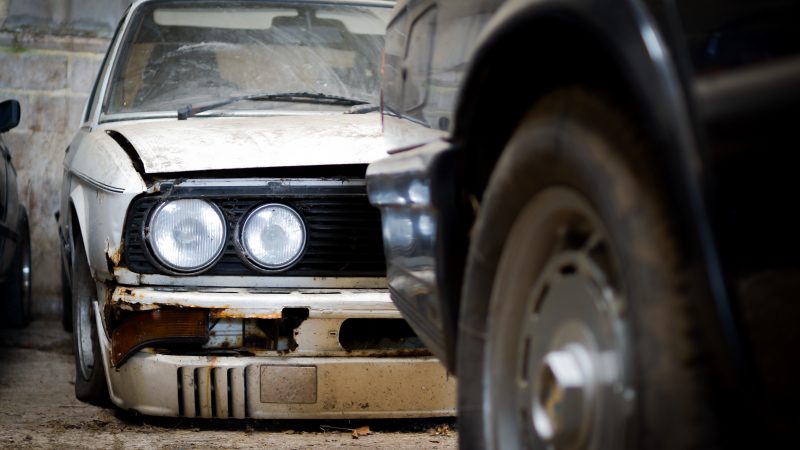
This is the big one. Generally speaking, and in our experience at least, it’s easier and cheaper to fix mechanical issues than it is to repair bodywork. If possible, and depending on the level of crud covering your newly discovered barn find, it’s a good idea to give everything a bit of a clean so it’s clearer to see what you’re dealing with. If you’re serious about bringing it back to life then any rust will need to be completely removed and replaced with fresh metal. Going in half cocked is a pointless exercise in futility. Whether that be chassis work or body panel replacement it all needs to be done properly so a full inspection of all metalwork is a necessity. Take a magnet with you to root out any areas of filler and check in all of the nooks and crannies. Have a poke around with a screwdriver too at any areas that look suspect. Just because a certain panel or area looks good on the surface doesn’t mean it isn’t hiding a whole host of hidden hideousness underneath. Speaking of underneath, get on your back and inspect under the car too. Check for corrosion on the chassis and for any botched repairs or poor welding work. Have a look at the floor pans and all of the various suspension and body mounting points. Again, a vehicle can look fairly presentable up top but will quickly fall apart if the bones aren’t up to snuff. This is especially pertinent if the car has been sitting outside on damp ground or covered in foliage. (We’re looking at you Chris.)
2) Engine
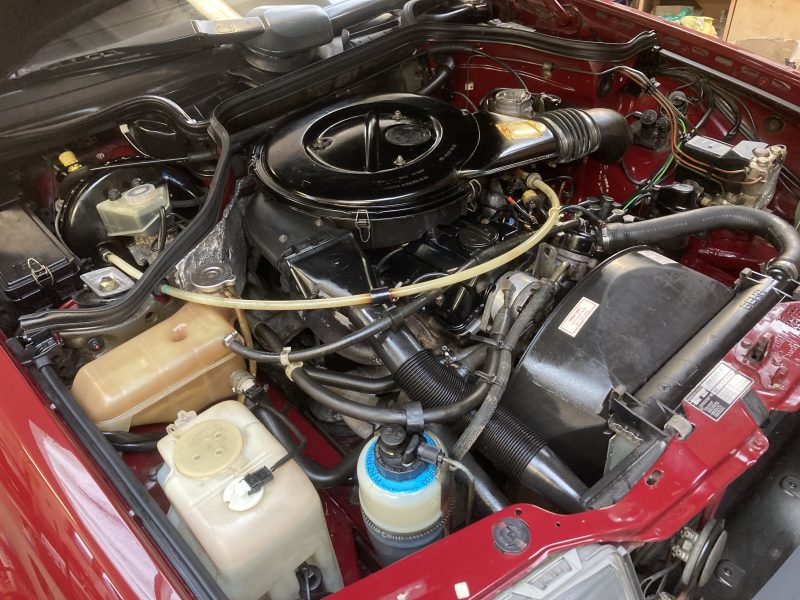
The first port of call here is to check the condition of the oil, assuming there even is any, and then determine if the motor rotates freely. Make sure the car is in neutral then grab the fan (if the belt is present and tight enough) or stick a socket on the crankshaft pulley and give it a tug. If it moves you’re golden. If it’s stuck then that’s a whole other kettle of fish, prompting a decision as to whether to even bother persevering with this particular barn find, but that’s on you. With the engine spinning freely you should then move on to inspecting the fuel system. The rubber hoses will have no doubt deteriorated and the metal hard lines may be corroded. If you’re going to try and start the car then any old fuel in the tank will need to be drained and replaced with fresh juice along with any fuel filters if possible. Check the spark plugs and HT leads too. Neglected old cars and rodents go together like, well, neglected old cars and rodents. Electrical leads and wires are equivalent to gourmet aged Brie to rats and mice. The condition of the plugs themselves can tell you a lot about an engine and how it has been operating so pay attention to any discolouring and wear to the electrodes as well as any oil, carbon or water deposits. Although and oil and filter change is a must there’s not much point until you’ve determined the state of the electrics.
3) Electrics
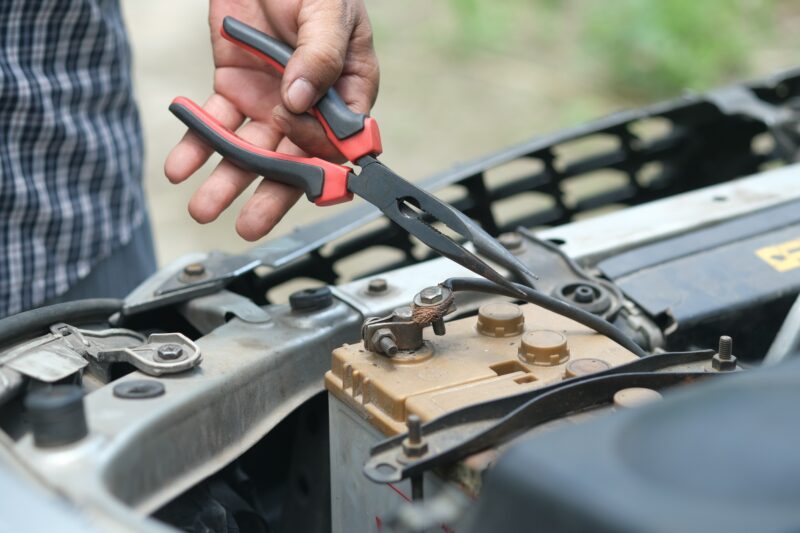
First things first: have a fire extinguisher on stand by. The last thing you want is a blazing inferno scuppering any dreams before you’ve even begun. Visually inspect the wiring loom for any breakages or evidence of heat/fire damage, along with all of the various plugs and connections. A wire brush can clean up rusty terminals if needs be but if everything looks kosher grab a fresh battery and go ahead and connect the positive and negative terminals. At this point you should be checking the entire engine bay for any smoke or burning smells. If either is present immediately disconnect the battery and find the source. If everything seems OK though you can turn the key to the ‘on’ position and listen for fuel pump activity, along with any strange noises while continuing to be aware of any potential fire hazards. At this point we just need enough of the electrical system to work so that the engine will start – other ancillary electrics are not so important at this stage. A decent multimeter is a handy bit of kit to have on hand so that you can check for continuity and functionality, as well as correct voltages.
4) Gearbox and Differential
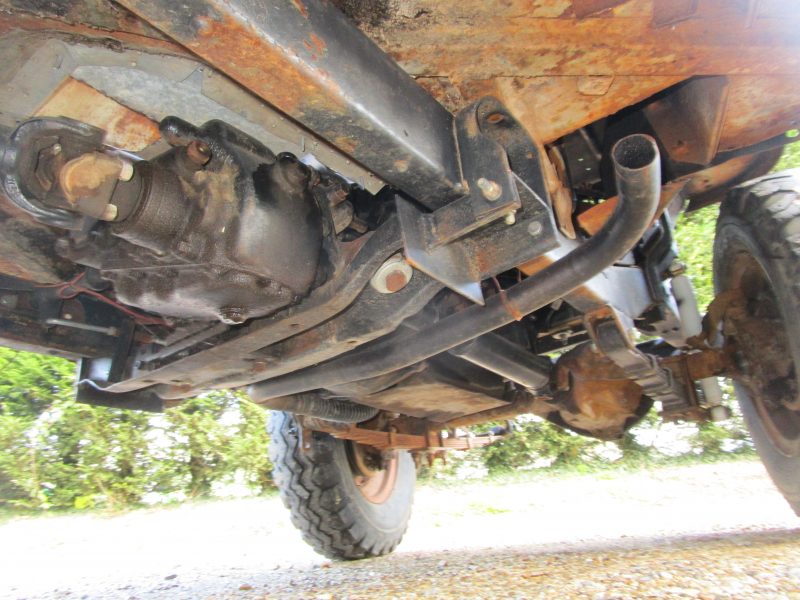
If you’ve gotten this far with your barn find classic then you’re doing well and it’s time to scrutinize the transmission. Check the operation of the clutch, if manual, and check the gearbox oil if there’s a dipstick. Check it shifts into every gear but at this point as long as the transmission goes into neutral you should be fine. This will at least allow the car to roll out of it’s current resting place and for you to turn the engine over to make sure it isn’t seized. A replacement gearbox can be an expensive affair and so if the one currently attached to the car is serviceable then that’s a big plus. As far as any differentials are concerned check for evidence of leaks and determine the oil level. Try to get the wheels of the ground and spin them (barring any sticking calipers) so you can hear the gears turning.
5) Steering, Suspension and Brakes
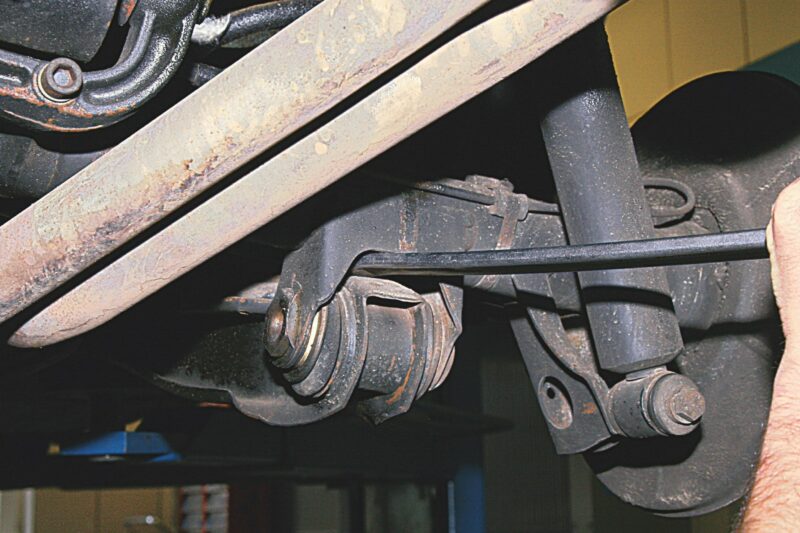
Brake pipes corrode, rubber bushes perish, tyres have a finite life, springs can sag or snap and shocks can leak. These are all things that you need to consider when carrying out your due diligence on your newly discovered diamond in the rough. A visual inspection should uncover any issues with degraded bushes, tyres and flexible brake hoses, as well as sticking brakes and rusty items but if possible jack each corner up and manhandle the wheels or get in amongst everything with a pry bar if possible to see if there is any excessive play. Generally speaking, the perishable items will all be relatively cheap and easy to replace but things can get expensive if the shocks themselves are shot or the mounting points have rusted through. Have a look at the brake fluid reservoir as well to see if there is actually any in the system. Brake fluid absorbs moisture over time and so depending on how long the car in question has been sitting it may be necessary to flush the entire system before attempting to test the anchors so it’s worth considering before even thinking about moving the car.

